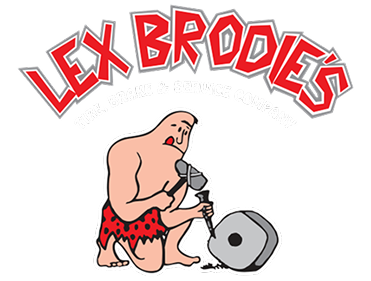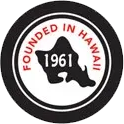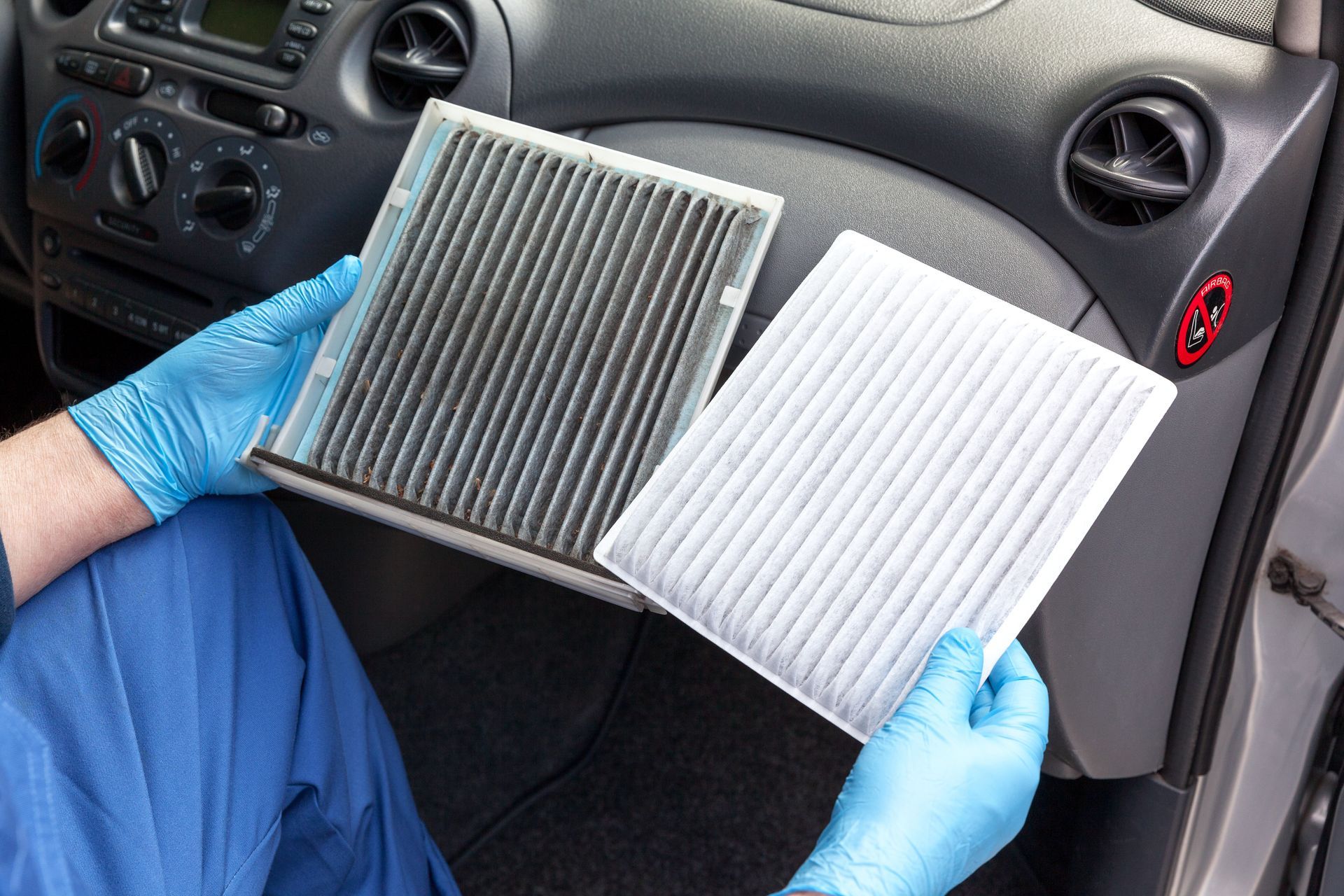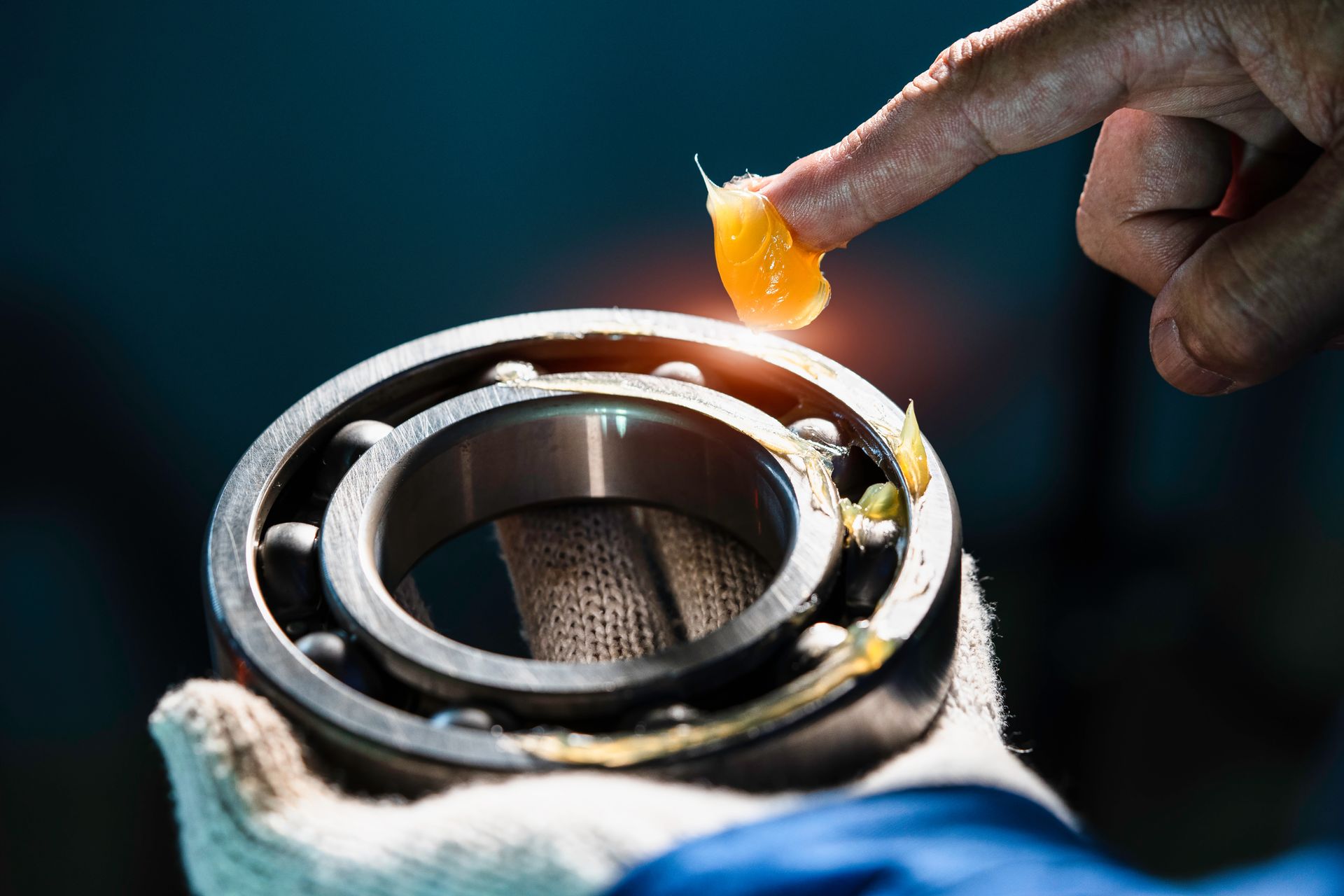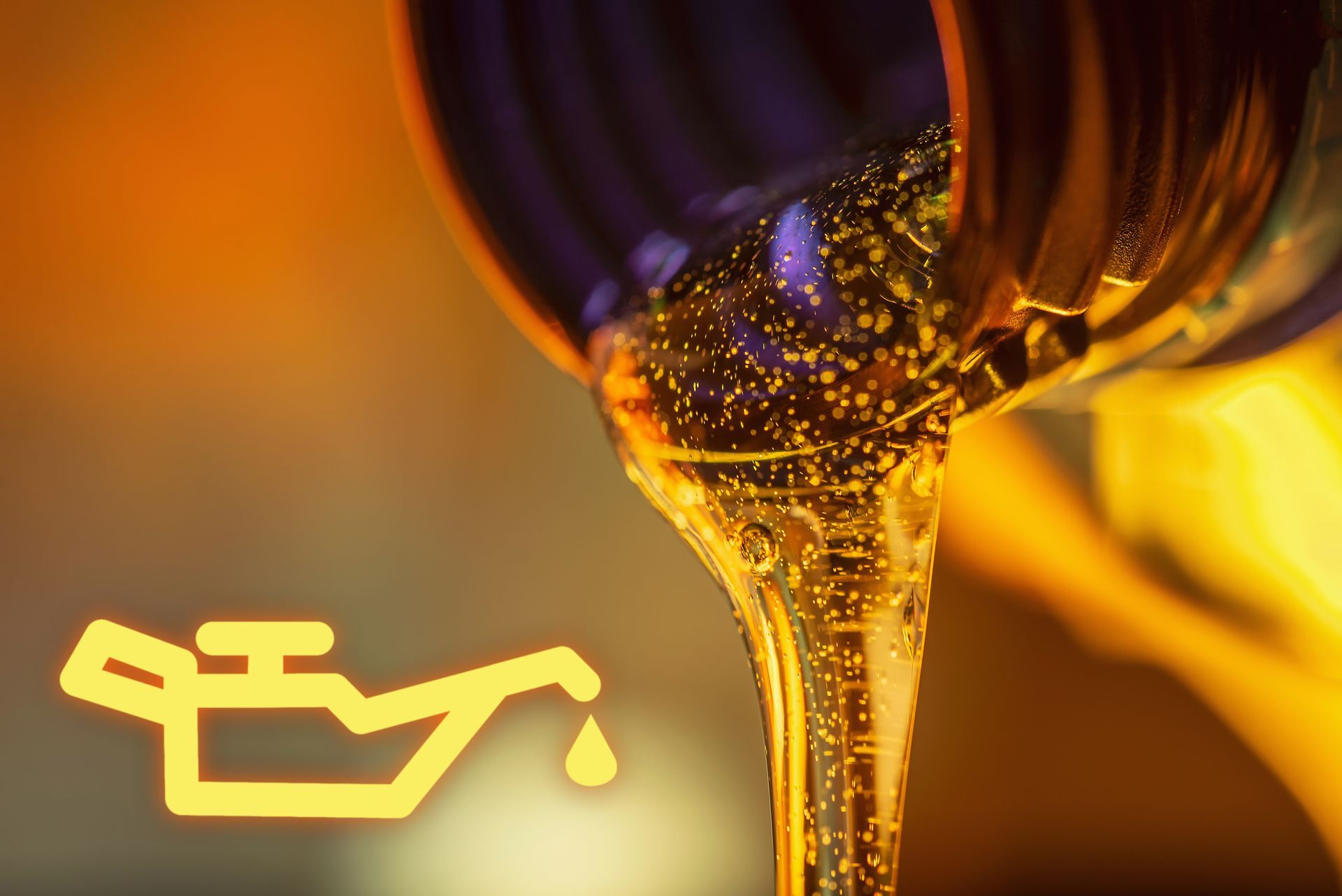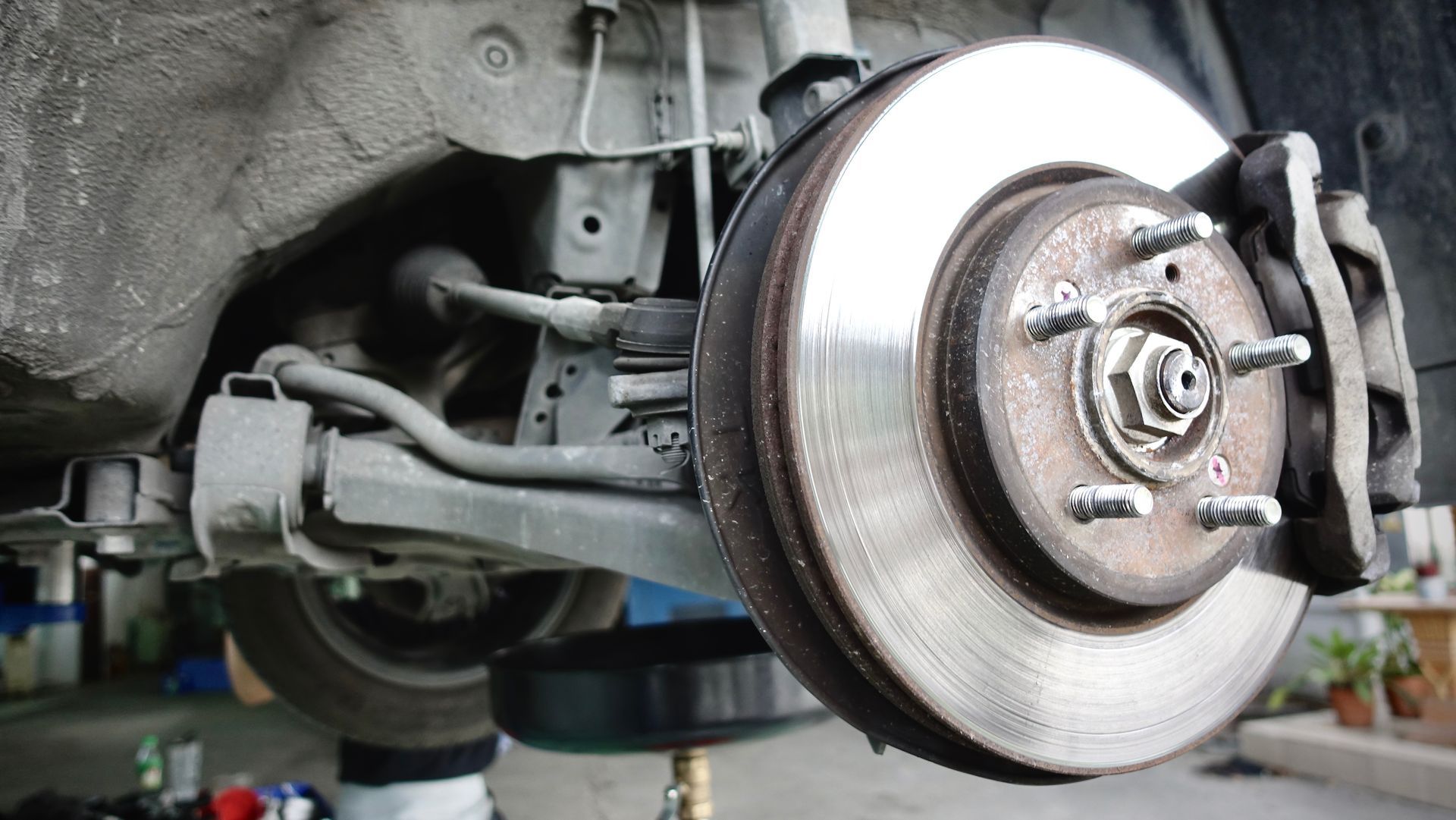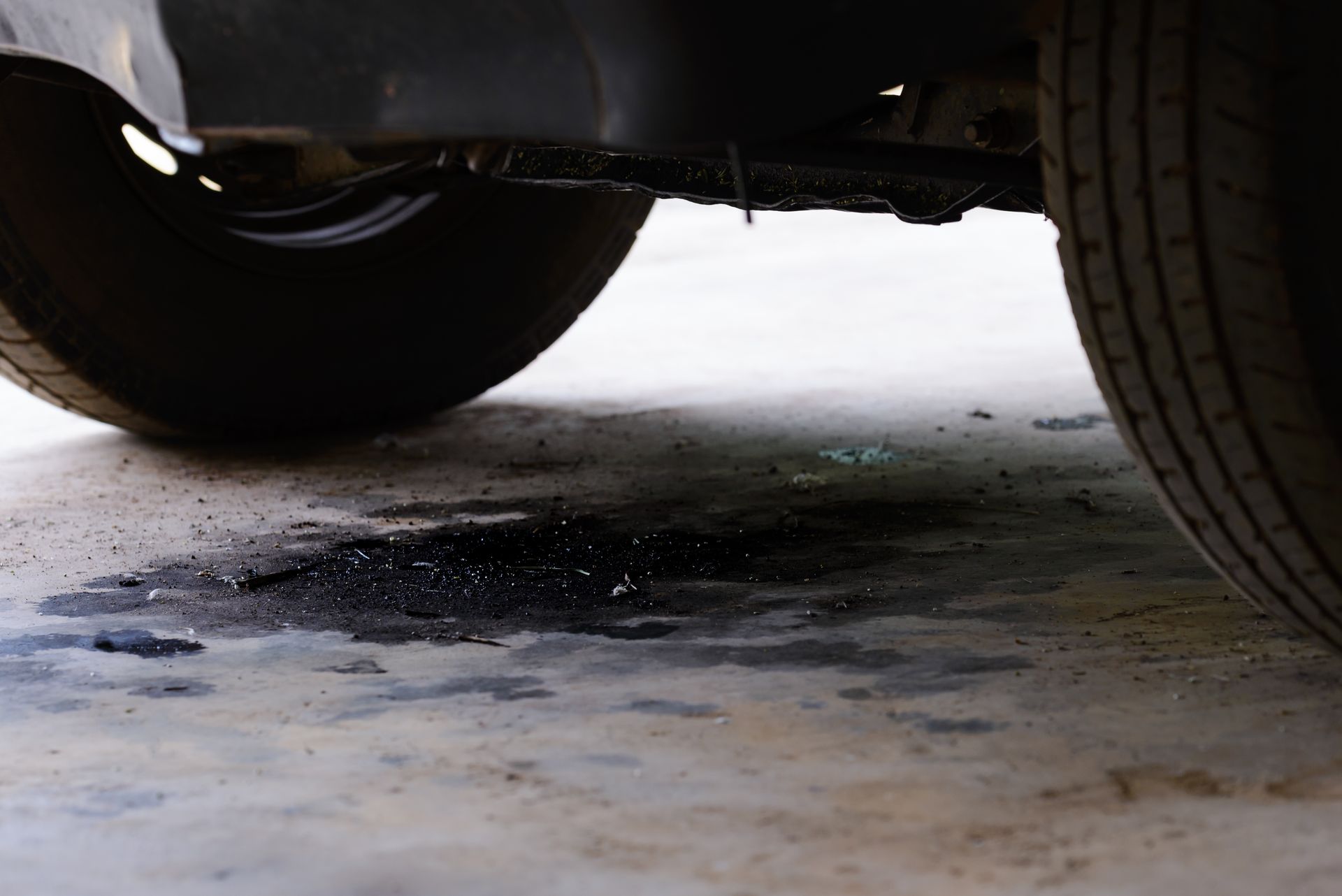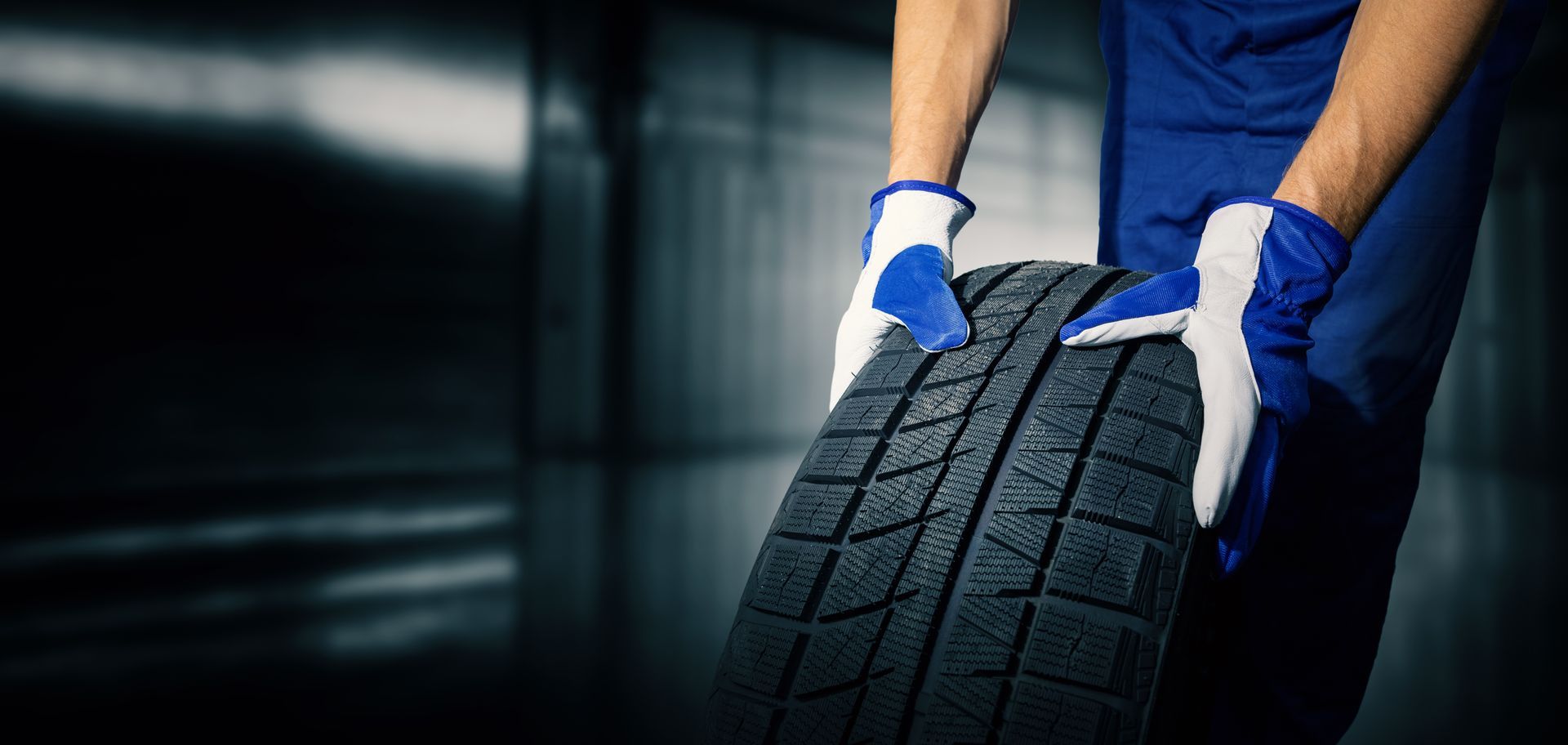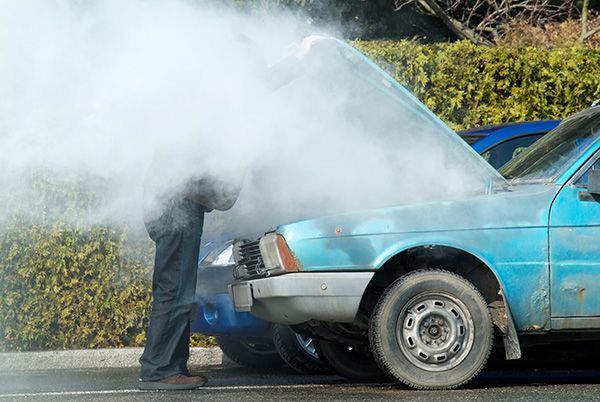Island Life, Island Driving: How to Maintain Your Car in Honolulu
July 3, 2025
Living in Honolulu means year-round sunshine, salty ocean air, and occasional tropical rain showers—all of which can take a toll on your car. Island driving may not involve extreme cold or long highway commutes, but the unique climate and road conditions in Hawaii present their own set of challenges. Whether you’re cruising down Kalakaua Avenue or navigating the winding roads to the North Shore, keeping up with vehicle maintenance is key to ensuring a reliable and long-lasting ride. Here’s what you need to know about maintaining your car in Honolulu’s unique environment.
Combatting the Effects of Salt Air and Humidity
The ocean breeze may be refreshing, but the salt in the air can lead to premature rust and corrosion on your car’s body, undercarriage, and even engine components. Regular washing is one of the best ways to prevent salt buildup, especially if you live near the coast or frequently park in open areas.
Applying a protective wax or sealant after washing adds an extra barrier against moisture and salt, reducing the risk of paint damage. It’s also a good idea to rinse off your car’s undercarriage every couple of weeks, as this is where salt and sand tend to accumulate unnoticed.
Keep Your Engine and Cooling System in Top Shape
Honolulu’s warm temperatures and stop-and-go traffic can put stress on your engine and cooling system. Overheating is a common issue in tropical climates, making it crucial to check your coolant levels regularly and ensure that your radiator is in good condition. If your temperature gauge rises unexpectedly or you notice coolant leaks, have your vehicle inspected before small problems turn into costly repairs.
Frequent oil changes are also essential, as high humidity and salt exposure can cause engine oil to break down faster. Sticking to your manufacturer’s recommended oil change intervals will help keep your engine running efficiently in island conditions.
Tire Maintenance for Honolulu’s Roads
Hawaiian roads vary from well-paved city streets to rougher, pothole-filled backroads, which means tire maintenance should never be overlooked. Hot pavement and frequent braking can wear down tires faster than you might expect. Checking your tire pressure at least once a month helps maintain fuel efficiency and prevents uneven wear.
If you enjoy weekend trips to hiking trails or beaches with unpaved roads, inspect your tires for embedded rocks, cracks, or punctures. Rotating your tires every 5,000 to 7,500 miles will extend their lifespan and improve overall handling on both city streets and rugged terrain.
Brake and Suspension Care for Smooth Island Driving
Honolulu’s roads can be unpredictable, with sudden traffic stops, hilly inclines, and the occasional surprise pothole. Your brakes and suspension play a huge role in handling these conditions safely. Brake pads wear down faster in areas with frequent stop-and-go traffic, so listen for squeaking, grinding, or a soft brake pedal—these are signs that it’s time for a brake inspection.
Your suspension system also takes a hit when navigating rough roads. If your car feels bouncy, drifts during turns, or dips forward when braking, your shocks and struts may need attention. Regular inspections ensure a comfortable and stable ride, even on Honolulu’s less-than-perfect roads.
Protecting Your Car from Sun Damage
The Hawaiian sun is beautiful, but its UV rays can fade paint, crack dashboards, and even damage interior upholstery over time. Parking in shaded areas or using a sunshade helps protect your car’s interior from sun exposure. Applying UV protectant sprays to your dashboard and seats can prevent cracking and fading, especially if you have leather or vinyl surfaces.
For exterior protection, using a ceramic coating or high-quality car wax creates a protective layer against sun damage and oxidation. This extra step keeps your paint looking fresh despite the intense island sunshine.
From salt air to sun exposure, your car faces unique challenges in Hawaii. Visit
LexBrodies in Honolulu, HI, for professional care and long-lasting protection!



